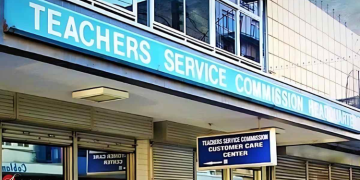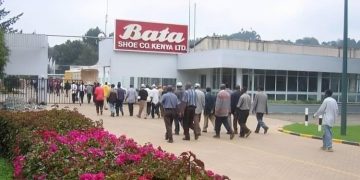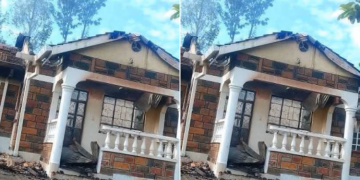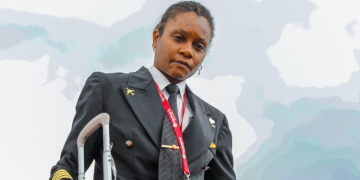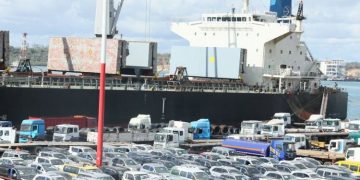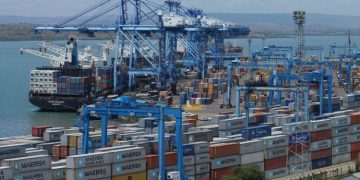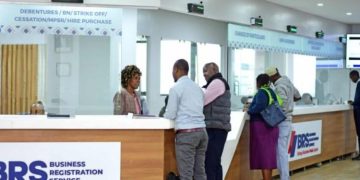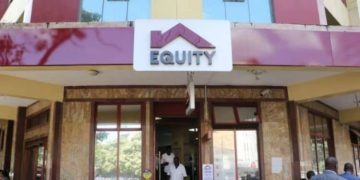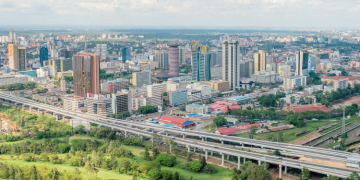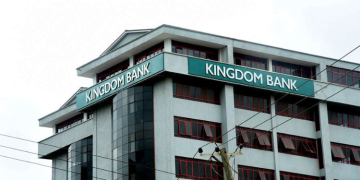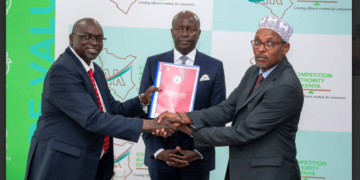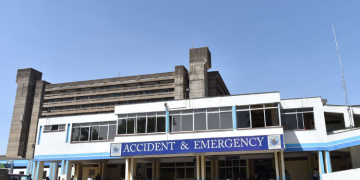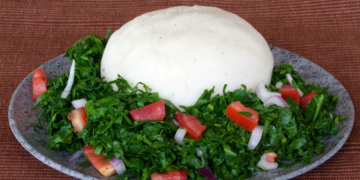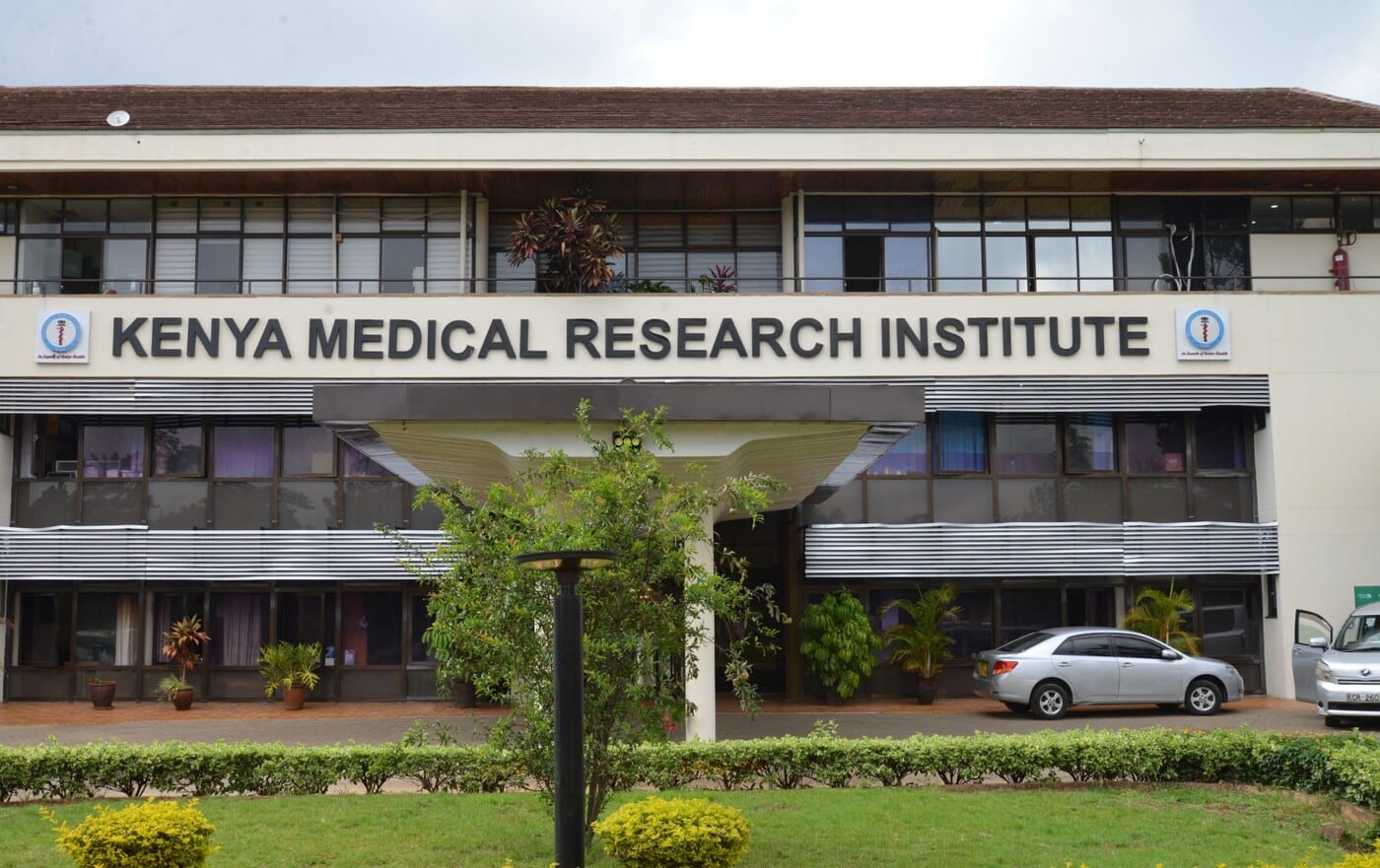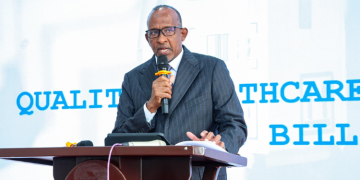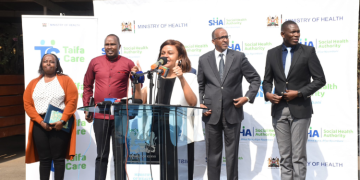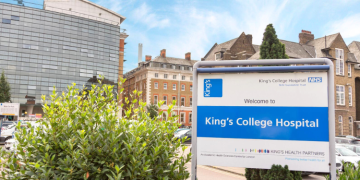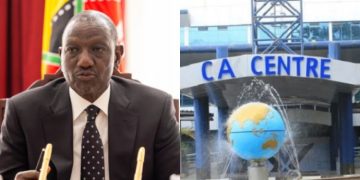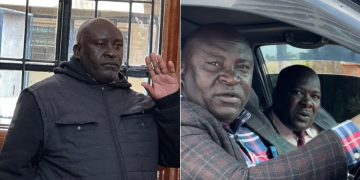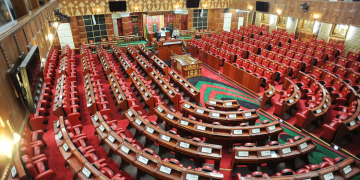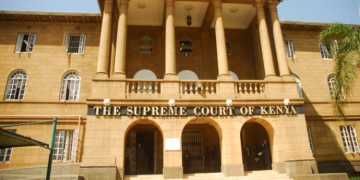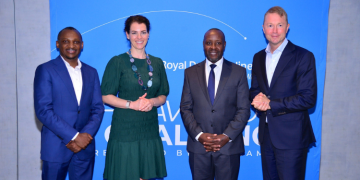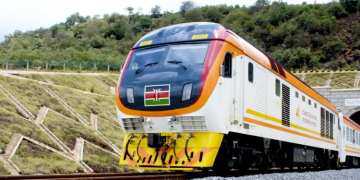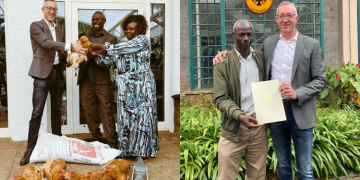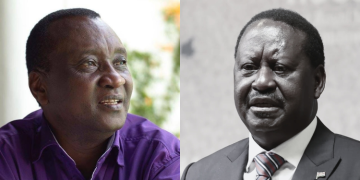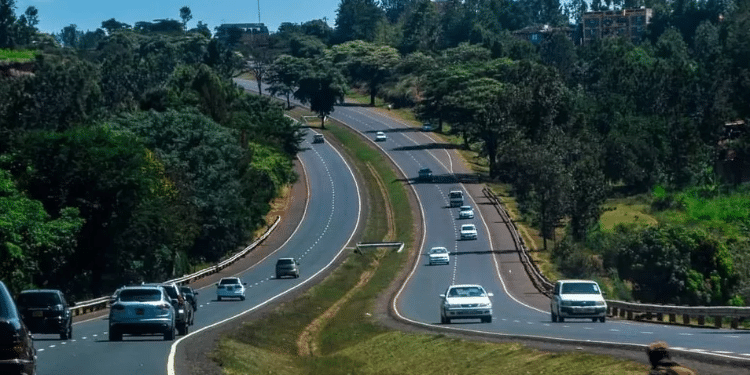The Kenya National Highways Authority (KeNHA) has disclosed requirements for the submission of two privately initiated proposals related to the Nairobi-Nakuru-Mau Summit and Rironi – Maai Mahiu Naivasha (AB South) Road Project (the Project).
In a notice on May 27, KeNHA stated that the first proponent is a consortium of China Road and Bridge Corporation Kenya (CRBC) and the National Social Security Fund (NSSF). The second proponent is Shandong Hi Speed Road & Bridge International Engineering Co. Ltd.
KeNHA explained that the Privately Initiated Proposals (PIPs) will undergo the PPP procurement process.
This entails evaluation of proposals, project development activities, assessment of the project development report, negotiations and drafting of the project agreement, stakeholder engagements, and ultimately obtaining the requisite approvals required under the PPP Act, 2021.
Following these processes, the PPP Committee will submit its decision to KeNHA according to the Act.
“KeNHA will endeavour to abide by the provisions of Section 69 of the PPP Act which requires a Contracting Authority (CA) to publish information relating to the projects upon award. This will be disclosed at the appropriate time upon conclusion of the statutory processes,” reads part of the notice.
Some of the project benefits include traffic flow efficiency (vehicles per hour), road surface quality index, safety metrics (accident rates, response time for incidents), toll revenue collection (for financial sustainability), and compliance with service level agreements.
Evaluation & Completion
KeNHA stated that the PIPs will be evaluated in line with the local content requirements set forth in the PPP Act, 2021.
The Authority noted that Kenya possesses skilled labour in road construction, with additional expertise provided by the proponent.
Moreover, KeNHA mentioned that project implementation is expected to further build the capacity of local staff and professionals.
The Cabinet announced that the project will widen approximately 175 kilometers of the A8 highway between Rironi and Mau Summit into a four-lane dual carriageway, up from the current two lanes.
The government expects to complete the project within 24 months, targeting June 2027 as the completion date.
Speaking on May 15, Deputy President Kithure Kindiki directed Transport Cabinet Secretary Davis Chirchir to oversee the construction and ensure the timely delivery of the Ksh90 billion project.
Also Read: KeNHA Announces Scholarships with Monthly Stipend for KCPE Certificate Holders; How to Apply
Impacts and KeNHA Mitigation Measures
The Authority stated that an Environmental and Impact Assessment study was conducted for the Nairobi to Mau Summit sections, and a NEMA licence is available and will be updated.
Some of the listed positive impacts of the project include reduced congestion, economic growth, and enhanced safety.
However, there are negative impacts, including the displacement of persons and environmental degradation.
KeNHA has proposed mitigation measures such as resettlement plans, afforestation, and pollution controls.
There are also anticipated impacts on the health or quality of life of users.
Also Read: KeNHA Clarifies on How Road Maintenance Levy Funds Will Be Spent
On the positive side, KeNHA indicated that there will be reduced vehicle emissions due to decreased congestion.
However, there will be temporary construction disturbances.
KeNHA’s mitigation measures will include dust and noise control strategies.
Local residents along the road, including businesses and traders, transport operators, pedestrians and cyclists, as well as landowners and property developers, constitute some of the key external stakeholders.
Other affected individuals or institutions include utilities and service providers, investors and private sector partners, and Civil Society Organisations (CSOs).
Follow our WhatsApp Channel and X Account for real-time news updates.


